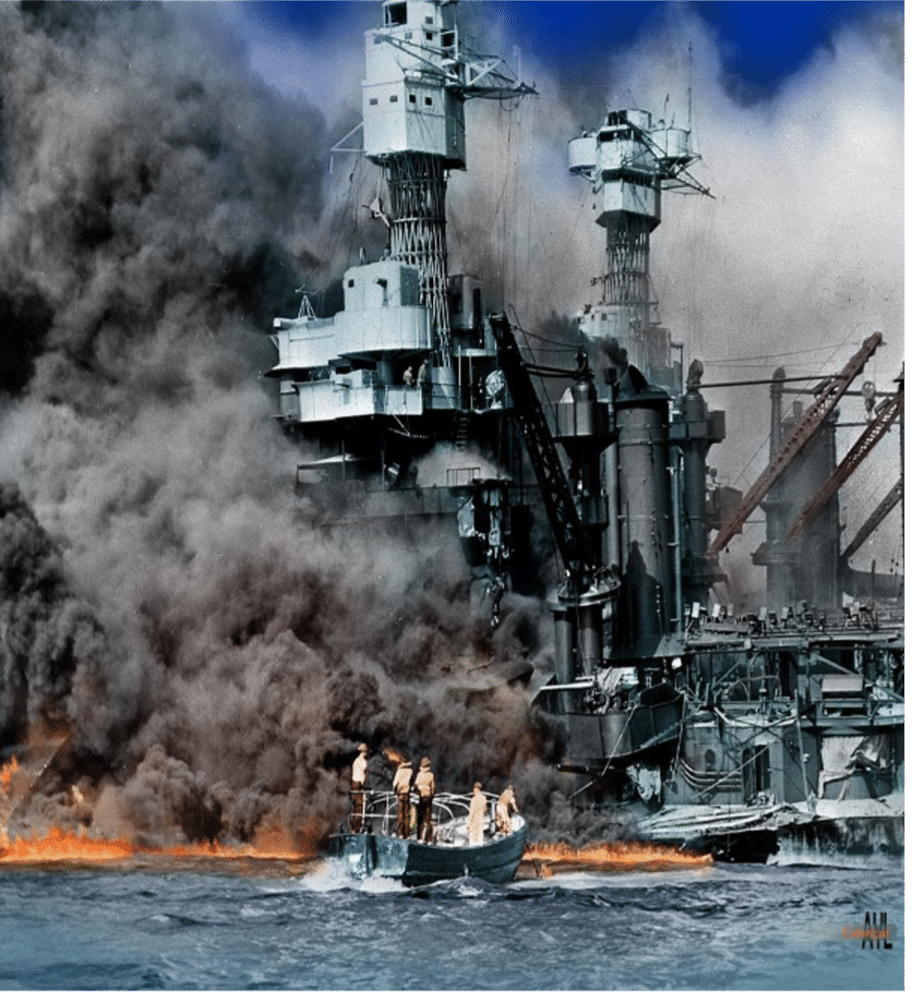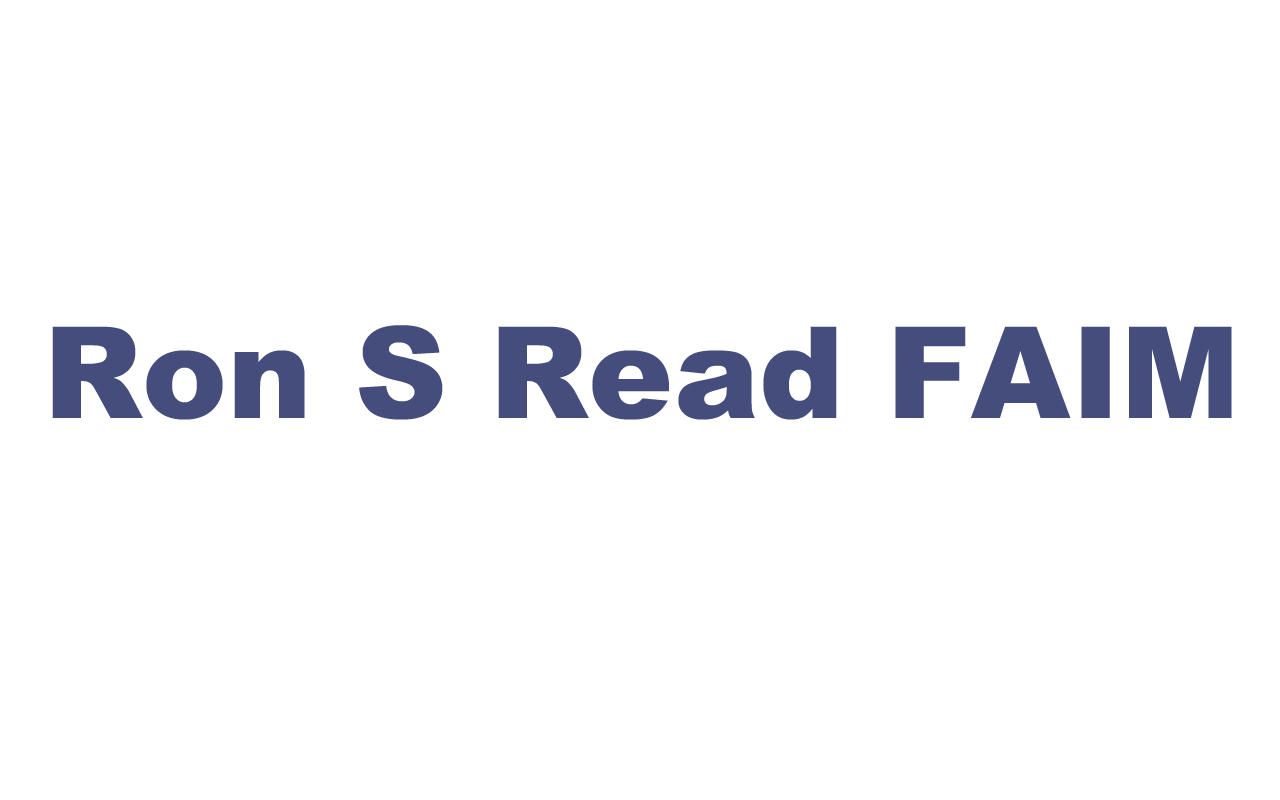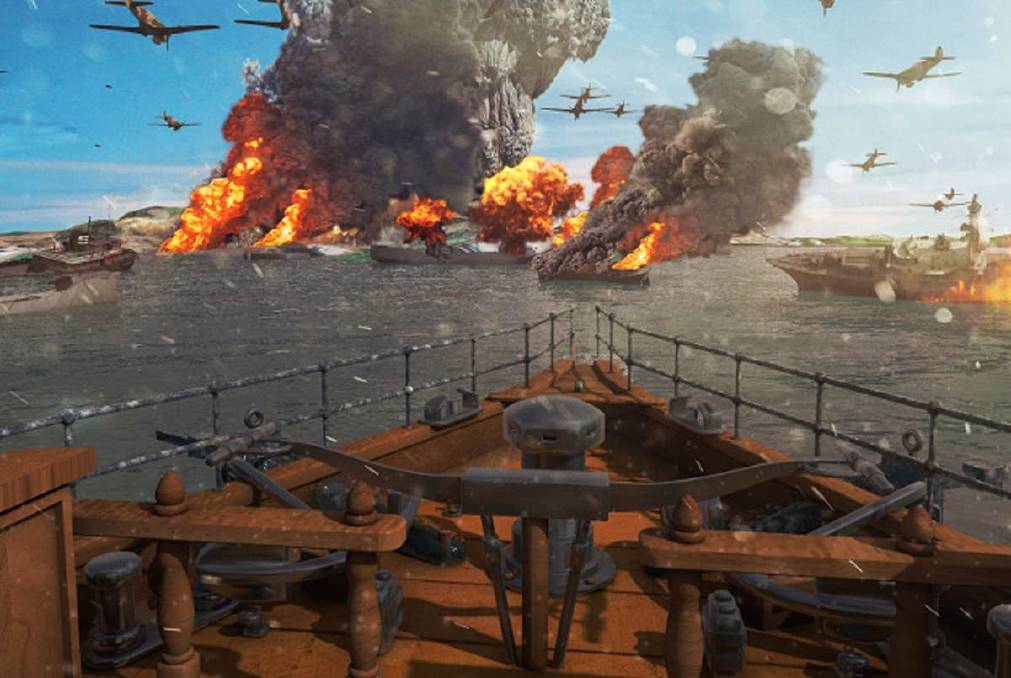
The December 7, 1941 attack on Pearl Harbor saw the Second World War become a global conflict
Eighty-Two (82) years ago on this day – December 7, 1941 – the War across Western/ Eastern Europe, North Africa and throughout the Mediterranean became a global conflict which lasted until September 1945.
This war, the Second World War resulted in over 75 million people either killed, wounded, taken prisoner or displaced.








